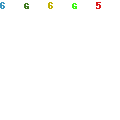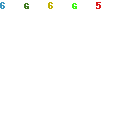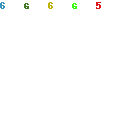The crying of the newborn: 6 types
One of the drawbacks that all new mothers and new dads encounter is the lack of experience with their first child. Often we do not know how to behave or how to interpret the signals without misunderstanding them, especially if we think that the first form of communication adopted by newborns is crying.
IThe reasons why the baby cries, in fact, should not be underestimated, but neither should they create alarmism, which is why recognizing the right causes is very important for the correct development of the child and for a healthy approach of the parents. The reasons can be many: for pain, hunger, loneliness, fatigue, agitation and the most important thing is to recognize them, in the beginning will not be easy, but new parents will gradually recognize the causes and act in the best way.
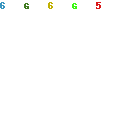
The 6 types of crying of the newborn: how to interpret it
We have distinguished 6 different types of baby crying, we are not talking about an exact science but a useful “compass” to orient ourselves when we hear our baby cry. For each case it is good to give an adequate answer:
-
Basic
This type of crying is rhythmic, it is composed of a cry and a silence followed by a slight hiss due to the moment in which the little one sucks air, this rhythm is constantly repeated during the so-called basic crying.
-
Crying from thirst or hunger
It must be specified that in this case the newborn is not aware of the motivation: whether he is thirsty or hungry, but simply shows an unease. All mothers and fathers are well aware of mealtimes.
This type is characterized by varying its intensity, presenting peaks of very high scutes, the intensity tends to increase and can be accompanied by the gesture of the newborn to bring the hand into the mouth, in this case the interruption of crying is instantaneous when the baby sees baby food.
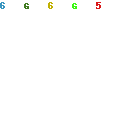
The baby cries out of thirst or hunger
-
For colics
They are one of the most common pains for newborns, a natural physiological response to feeding with milk, in fact they are also called infant colic, the tummy tends to swell causing a little pain.
This type is almost a sudden cry without moans, and with a pause of prolonged breathing, identifiable precisely because it is so intense. In this case the only thing to do is to act with small massages on the tummy and speak with a light and quiet voice to the child.
-
For fatigue
After a busy day the little ones can show signs of fatigue that can be accompanied by the inability to sleep promptly, a little foresight is to respect their usual hours of sleep / wake.
A signal is the classic rubbing of the eyes accompanied by a gentle and rhythmic cry, in this case it is enough to sing a lullaby sweetly or activate a sweet melody from your baby monitor and gently rock it to reconcile the nap.
-
To request attention
Newborns are 100% dependent on their parents and require constant attention when they feel loneliness or indifference, or even when they feel lonely they want the constant presence of their mum and dad.
This type is recognized because it is monotonous, the final test is that it stops quickly as soon as he is picked up or you try to distract the baby.
-
Nervous crying
The baby’s growth process is a continuous discovery, being able to bend the small limbs and have more and more movements and also discover how the world around him works.
This can cause small nervousness in the child that is expressed through a basic crying with a greater effort of the vocal cords by the child, the sound is more strident and the face is contracted with drawn grimaces. If the child does not breathe well due to excessive crying, it is a good idea to take immediate action and hold him in your arms.
Conclusions
This article is intended only as a simple guide to orient yourself in the macro characteristics of a newborn’s crying. It is true that every little one has, as it should be, his particularities and his way of expressing himself with his parents.
